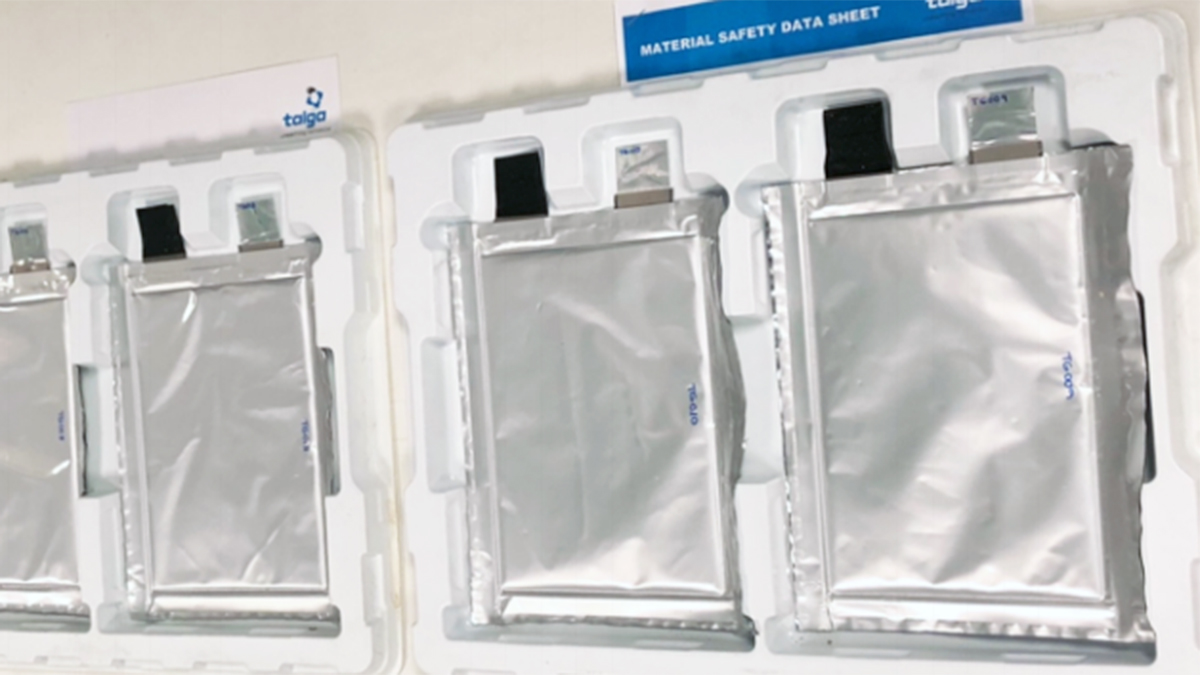Better, stronger, faster: Talga shares jump on improved battery technology

Pic: Bloomberg Creative / Bloomberg Creative Photos via Getty Images
Perth-based Talga Resources says it’s been able to make battery parts with 20 per cent more energy and power.
Graphite play Talga (ASX:TLG) is working on stronger, lighter and more functional materials for the battery market. It owns graphite deposits in Sweden and a test processing facility in Germany.
University tests of its anode battery part showed 20 per cent higher capacity, 20 per cent faster charge and a 94 per cent first-cycle efficiency, when compared to rival technologies, Talga said.
The anode is where electricity flows into a battery or device. The cathode is where it flows out. In lithium-ion batteries used to power electric cars and electronic devices, the anode typically consists of graphite and other carbons coated on copper.
>> Read Stockhead’s guide to ASX graphite stocks here
Talga boss Mark Thompson described the results as “highly significant”.
“Talga’s graphite will set the industry standard for lowering cost of production as it eliminates comparatively expensive industry standard spheronisation and micronisation and coating required for material currently sourced from Chinese and other graphite flake producers.”
To make graphite suitable for the anode, spheronisation or micronisation is often used to process the raw material. Graphite flakes are made into small spheres of less than 15 microns to reduce size and surface area.
That can be a costly process Talga says it can get rid of it completely.

Talga shares were trading up 8 per cent at 78.5c by 10.40am AEST.
“The results show potential for Talga graphite anodes to exceed synthetic and natural graphite standards used by the global battery component supply, with higher performance, energy, power and life span at potentially lower cost and no decrease in safety,” Talga told investors.
“Additionally the results open up potential for Talga to enter the Li-ion battery anode supply chain at a much higher level (and higher price point).”
UNLOCK INSIGHTS
Discover the untold stories of emerging ASX stocks.
Daily news and expert analysis, it's free to subscribe.
By proceeding, you confirm you understand that we handle personal information in accordance with our Privacy Policy.








